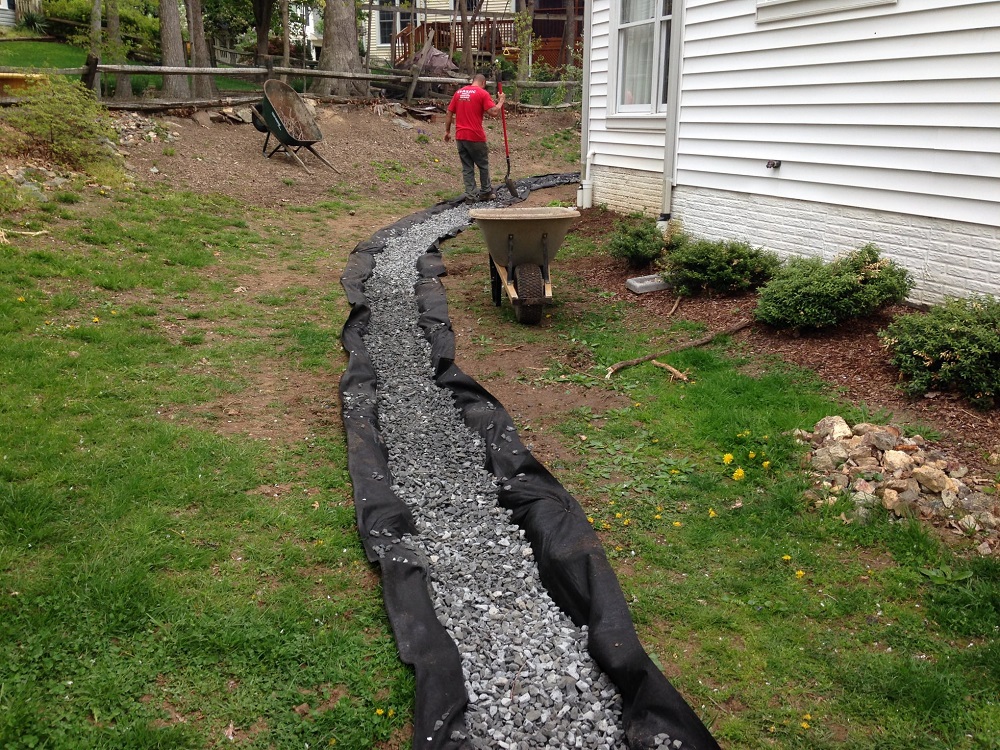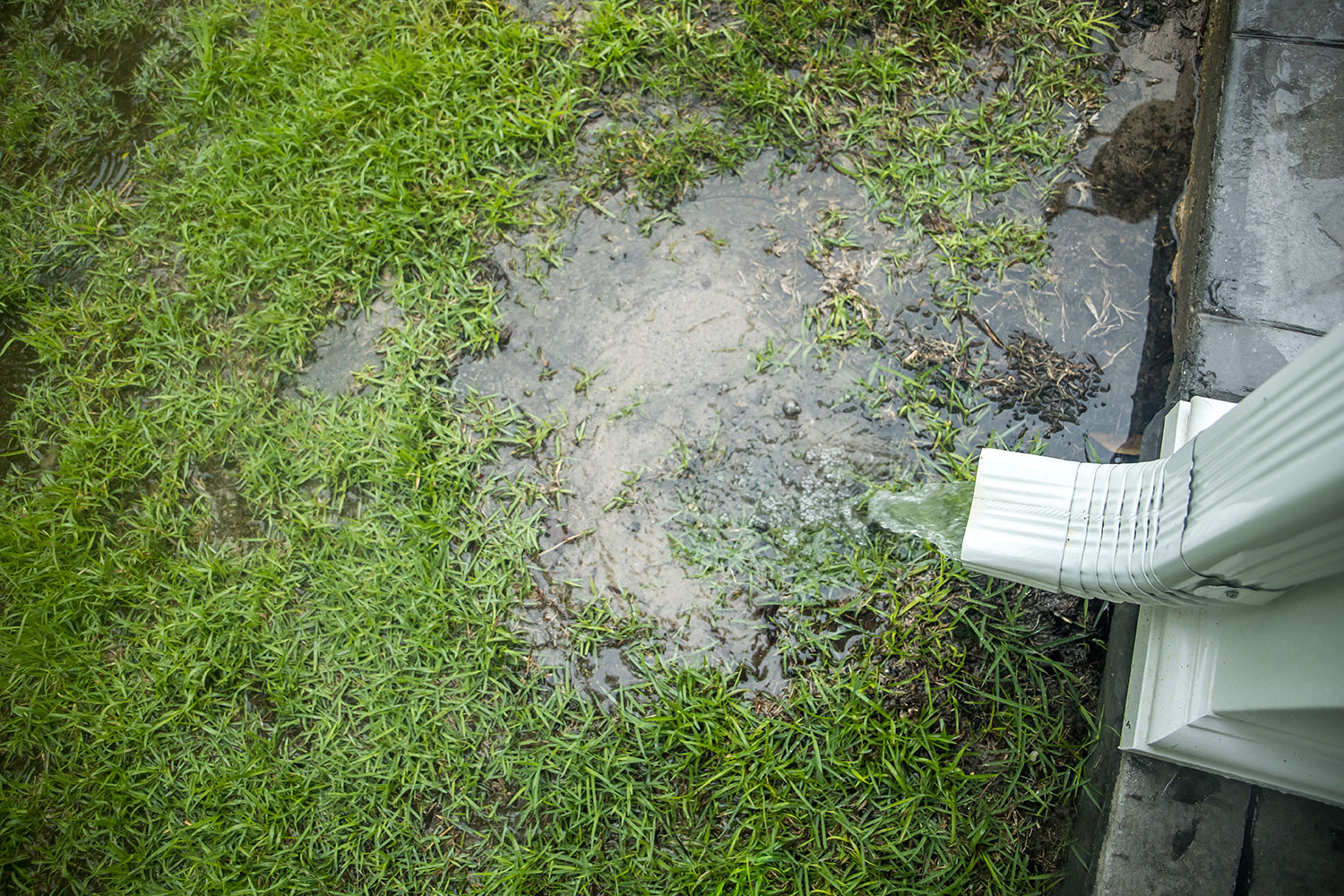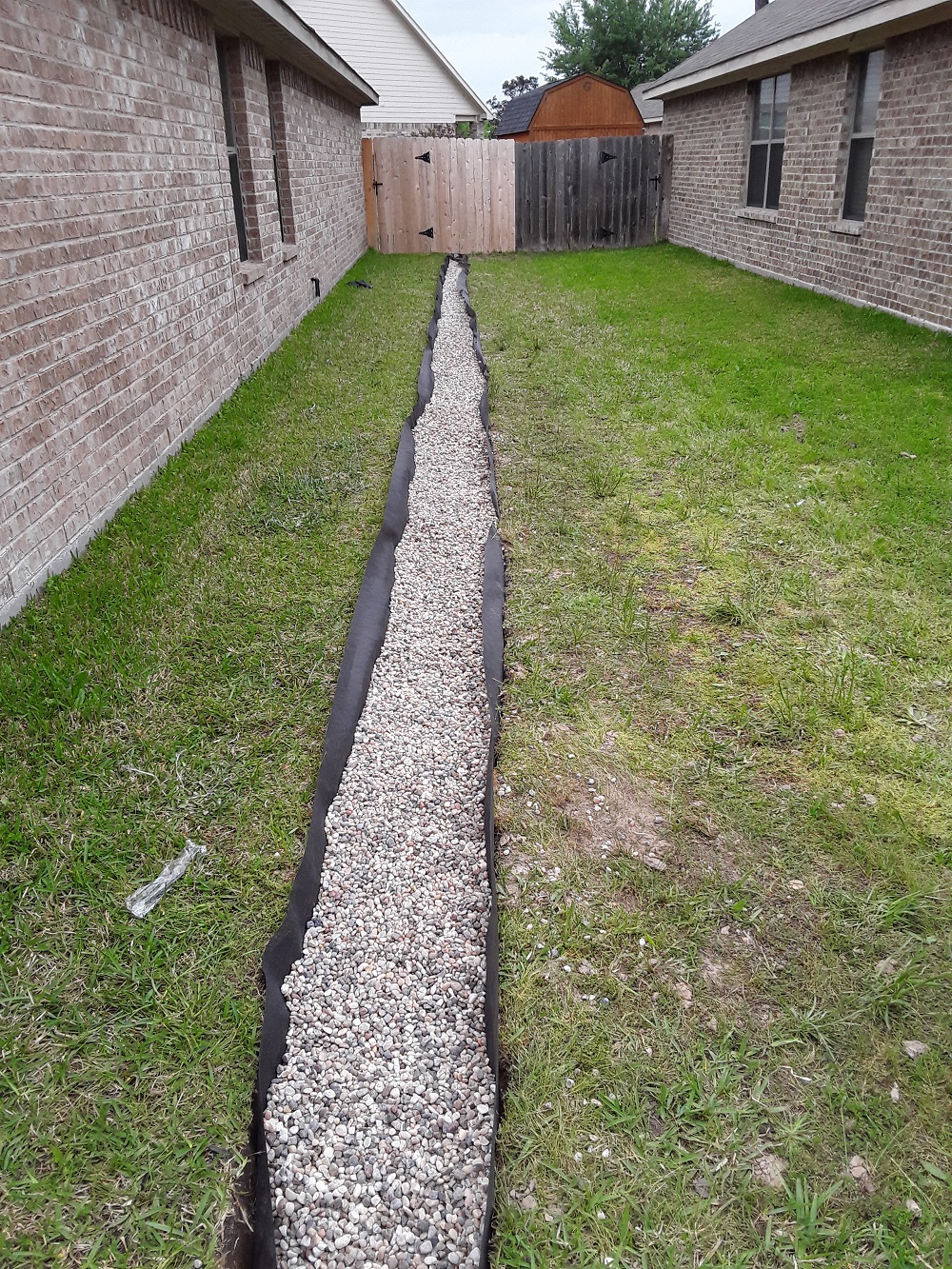Tulsa, Oklahoma, is known for its vibrant culture, scenic landscapes, and unfortunately, some tricky yard drainage issues. With heavy rainfall and the naturally stubborn clay-heavy soil that defines large parts of the region, many local homeowners face water pooling, soggy lawns, and even the threat of foundation damage. If you’ve struggled with these challenges, you’re not alone. Fortunately, there are practical solutions to keep your yard dry and your home safe.
Here’s a breakdown of common yard drainage problems in Tulsa and how to tackle them effectively.
Common Yard Drainage Issues in Tulsa
Tulsa’s climate and soil combine to create unique challenges for homeowners. Here are some of the most frequently encountered drainage problems:
1. Excess Water From Heavy Rainfall
Tulsa experiences an average of 41 inches of rainfall each year, which is higher than the national average. When storms roll in, the rain can quickly overwhelm poorly drained yards, leading to standing water that damages landscaping and creates a breeding ground for mosquitoes.
2. Clay Soil Complications
The soil composition in much of Tulsa consists of dense clay. While clay soil is nutrient-rich, it doesn’t drain well. After heavy rainfall, water tends to sit on the surface instead of being absorbed, causing puddles to linger for days.
3. Foundation Damage from Improper Drainage
Excess moisture in the soil can seep into a home’s foundation, causing cracks, uneven settling, or, in severe cases, structural instability. These issues are more than just cosmetic—leaving them unresolved can be costly and dangerous.
Practical Yard Drainage Solutions
The good news is that these drainage issues aren’t insurmountable. The right strategies and tools can help you manage water effectively and preserve your yard’s health and appearance. Here are some of the best solutions for Tulsa homeowners:
1. Install a French Drain
French drains are a lifesaver for waterlogged yards. These systems consist of perforated pipes buried in gravel-filled trenches, designed to reroute water away from your home and into a safer drainage area. French drains are especially effective in properties with large puddle-prone areas.
If your yard sits on a slope, a French drain can help steer water downhill, directing it toward a storm sewer or designated drainage zone.
2. Proper Grading and Sloping
To achieve good drainage, your yard must slope away from your house. Without proper grading, rainwater collects near the foundation instead of flowing away. Re-grading involves reshaping the land to create the right slope—usually a decline of at least 2% away from the home.
A professional landscaper or drainage specialist can assess your yard’s current slope and adjust it as needed to prevent water issues.
3. Create a Rain Garden
If you’re looking for a sustainable solution, consider installing a rain garden. These carefully planned garden areas feature native plants and flowers that thrive in wet conditions. Beyond being a beautiful addition to your yard, rain gardens can absorb excess water and reduce runoff, making them a highly eco-friendly option.
Rain gardens work especially well in areas where water naturally collects but doesn’t need additional redirection.
4. Gutter and Downspout Maintenance
Your yard’s drainage starts at your roof. Blocked or damaged gutters and downspouts can cause water to pool around your home’s foundation. To prevent this, clean out debris from your gutters regularly and ensure that downspouts extend at least 5 feet away from the house. Downspout extensions or splash blocks can further aid in water redirection.
Tips for Maintaining Proper Yard Drainage
Even with the right drainage systems in place, keeping your yard dry requires ongoing attention. Here are some maintenance tips to ensure long-term success:
- Inspect Your Yard Regularly: Check for signs of standing water or erosion, especially after heavy rains.
- Clear Debris from Drains and Gutters: Keep these systems free of leaves, sediment, and other debris that may block water flow.
- Monitor the Grade: Soil can shift over time. Re-check your yard’s slope periodically to ensure it still directs water away from your home.
- Aerate Your Lawn: Compact soil can worsen drainage issues. Lawn aeration loosens the soil and promotes water absorption, especially in clay-heavy yards.
- Refresh Gravel and Mulch: If you have gravel paths or mulch in planting beds, top them up as needed to maintain their water-diverting capabilities.
When to Call in the Professionals
While some drainage fixes are DIY-friendly, it’s often worth consulting a professional for more complex issues. Experts can evaluate your yard’s unique needs and recommend tailored solutions for severe problems like:
- Persistent standing water, even after minor rains
- Flooding near your foundation
- Cracks or other signs of structural damage
Hiring a contractor ensures that your drainage system is installed properly and meets local codes. Plus, with professionals handling the work, you’ll have peace of mind knowing your yard and home are protected.
Why Investing in Yard Drainage Matters
Ignoring drainage problems doesn’t just impact your yard’s appearance—it can lead to costly damage and safety concerns down the road. By addressing these issues early with trusted solutions like French drains, proper grading, or rain gardens, you’re safeguarding your home’s foundation, improving your lawn’s health, and enhancing your outdoor space’s usability.
No one wants to deal with a soggy, unusable yard or worse, water leaking into their home. If you’re in Tulsa and facing drainage problems, don’t wait! Take action today to prevent further complications.
Final Thoughts
Yard drainage may seem like a daunting challenge, but the right approach can make a world of difference. From simple fixes like cleaning gutters to robust systems like French drains and rain gardens, Tulsa homeowners have plenty of options to keep water at bay.
If you’re unsure of where to start, reach out to a local drainage professional. With their help, you can transform your yard into a dry, beautiful, and worry-free outdoor space.



